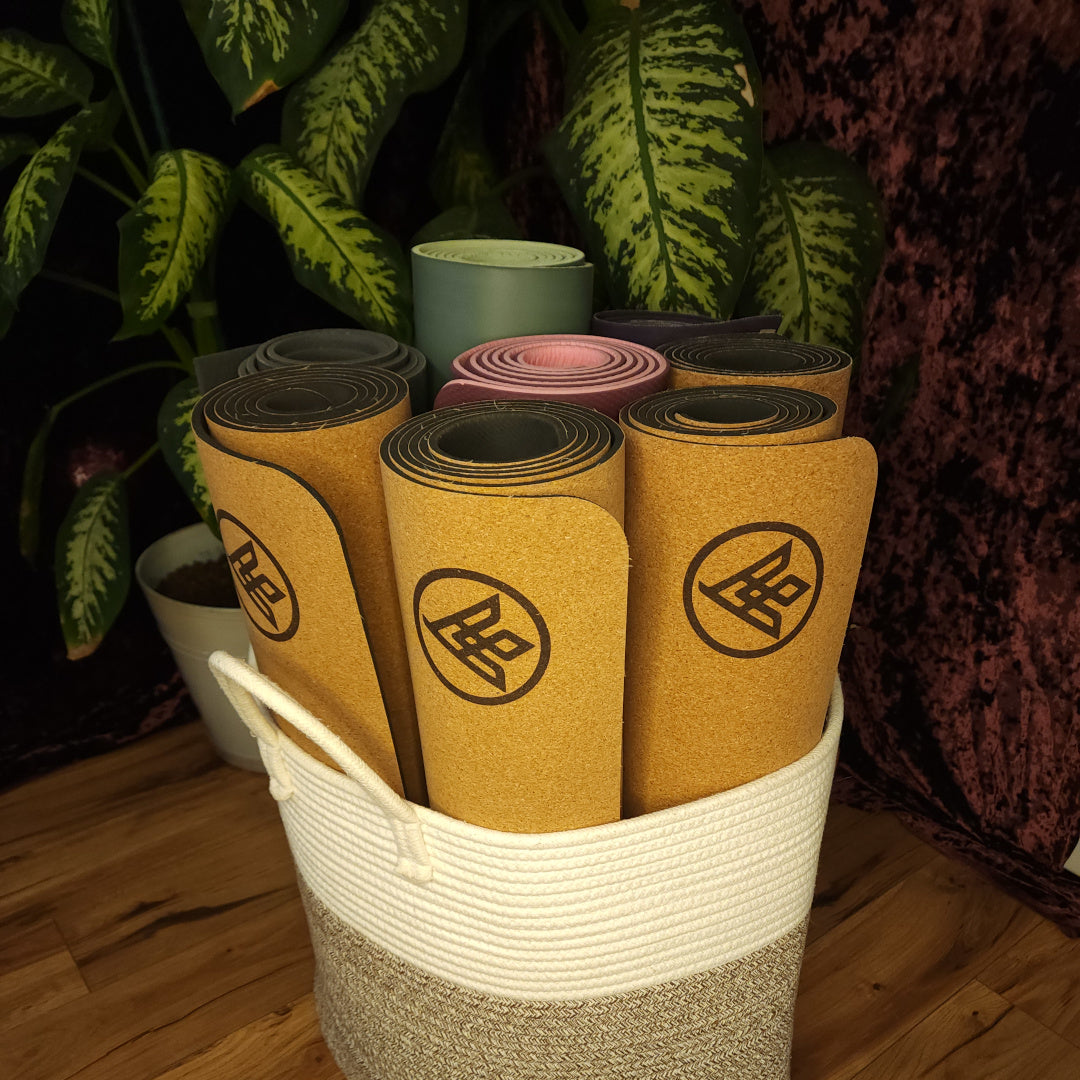Pratyahara (Sense Withdrawal)
Jack UtermoehlShare
Pratyahara is a yogic practice that emphasizes withdrawing the senses from external distractions to focus inward.
Derived from the Sanskrit roots "prati" (against or away) and "ahara" (food or intake), pratyahara translates to "withdrawal from intake," referring to the process of withdrawing the senses from external stimuli to cultivate inner awareness.
It is the fifth limb of the eightfold path of yoga as outlined in the Yoga Sutras of Patanjali.
Etymology and Meaning
Root Words: "Prati" (against, away) + "Ahara" (food, intake)
Translation Variations: Sense withdrawal, turning inward
Pronunciation: Pratyāhāra [Prut-yah-HAH-rah]
Pratyahara serves as a bridge between the external and internal practices of yoga, guiding practitioners to disengage from sensory input and focus on the inner self. It is a preparatory step for meditation and deeper states of consciousness.
Historical Context
Pratyahara has been a cornerstone of yogic practices, emphasizing the importance of sensory control for spiritual progress.
Hinduism: Highlighted in the Yoga Sutras of Patanjali as the fifth limb of ashtanga yoga (the eight limbs of yoga).
Buddhism: Reflected in practices of mindfulness and withdrawal from sensory cravings.
Jainism: Aligns with the principles of non-attachment and self-restraint.
Practical Application
In Daily Life
- Limit sensory overload by creating a quiet and calming environment for work or relaxation.
- Practice mindfulness by consciously focusing on one task or sensation at a time.
In Meditation
- Begin your meditation practice by withdrawing attention from external stimuli and focusing on your breath or an internal point of awareness.
- Use pratyahara to redirect scattered energy inward, preparing for deeper concentration.
In Emotional Balance
- Practice non-attachment from reactive patterns triggered by sensory inputs, such as cravings or irritations.
- Reflect on how external influences affect your emotional state and make mindful adjustments.
Symbolism in Yoga Philosophy
Pratyahara is the fifth limb of yoga, symbolizing the transition from the external world to internal exploration. By withdrawing the senses, practitioners create the stillness and focus necessary for dharana (concentration) and dhyana (meditation).
Quotes and Wisdom
"When the senses are withdrawn from their objects, the mind becomes steady like a flame in a windless place." — Bhagavad Gita
"Pratyahara is the practice of withdrawing from distractions to connect with the stillness within." — Yoga Sutras of Patanjali
Modern Relevance
In a world full of distractions, pratyahara is more relevant than ever. It offers a method to manage sensory overload, cultivate focus, and connect with inner peace. By practicing pratyahara, individuals can navigate modern challenges with greater clarity and balance.
Related Concepts
Dharana (Concentration): Builds upon pratyahara by focusing inward attention on a single point.
Dhyana (Meditation): Pratyahara prepares the mind for deeper states of meditation.
How to Practice Pratyahara
Mindset: Approach pratyahara as an opportunity to disconnect from distractions and reconnect with your inner self.
Actions: Begin by practicing mindfulness and gradually work toward withdrawing from sensory input during meditation.
Reflection: Notice how reducing sensory input affects your mental clarity and emotional balance.
Suggested Reading
- The Yoga Sutras of Patanjali (Translation by Swami Satchidananda).
- The Bhagavad Gita (Translation by Eknath Easwaran).
Conclusion
Pratyahara offers a transformative practice for managing sensory input and turning inward. By cultivating this practice, individuals can achieve greater focus, balance, and a deeper connection to their inner peace and spiritual path.






